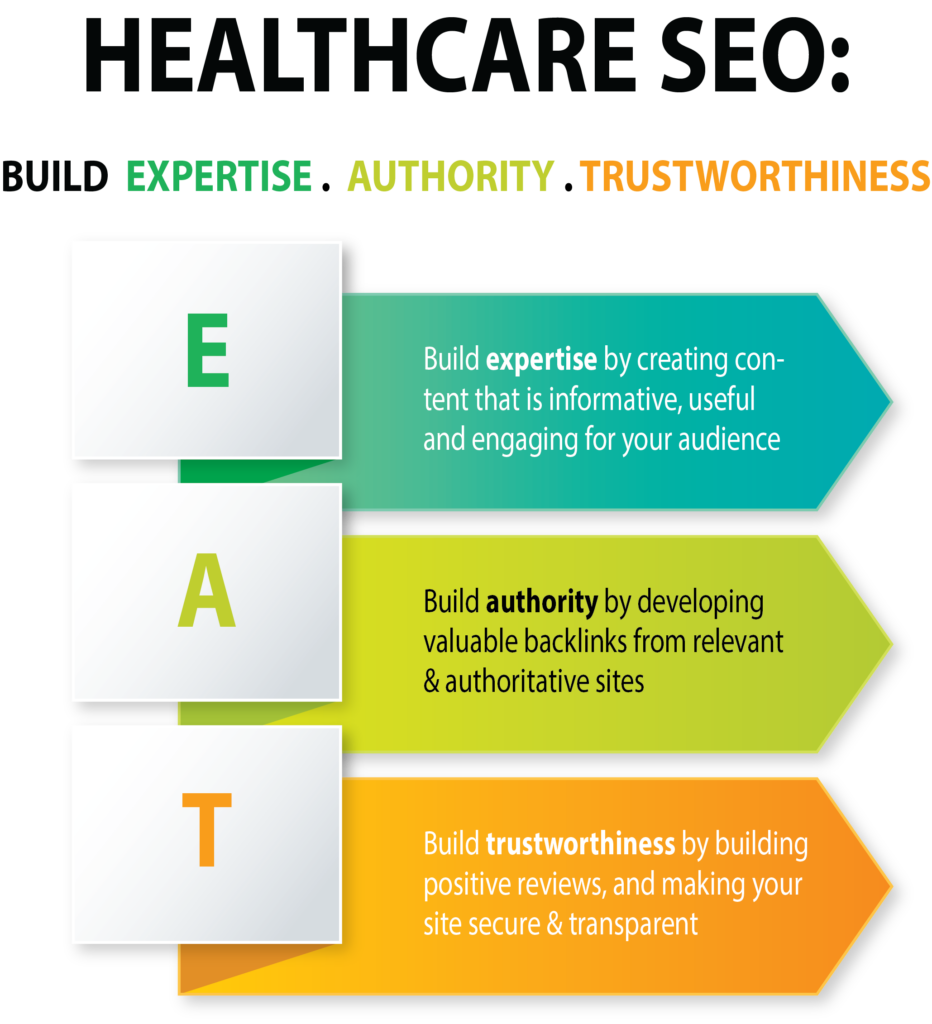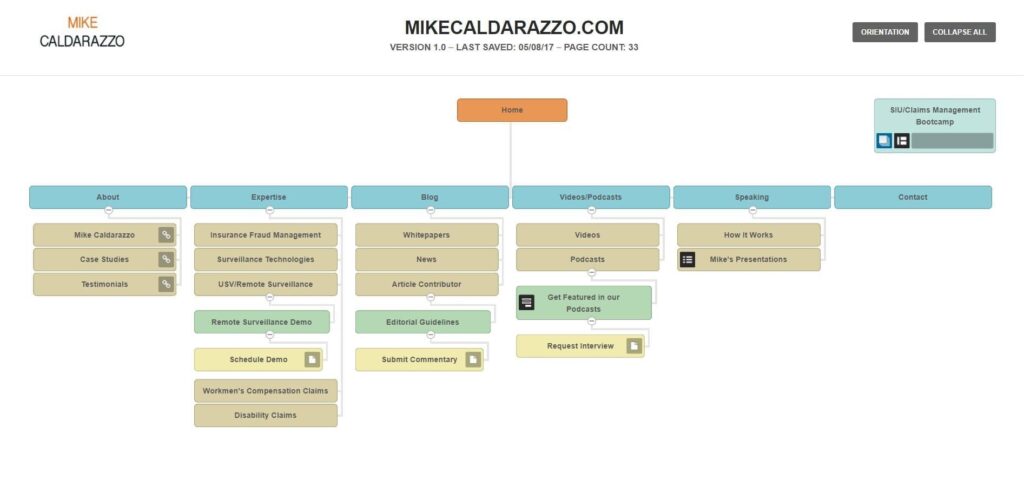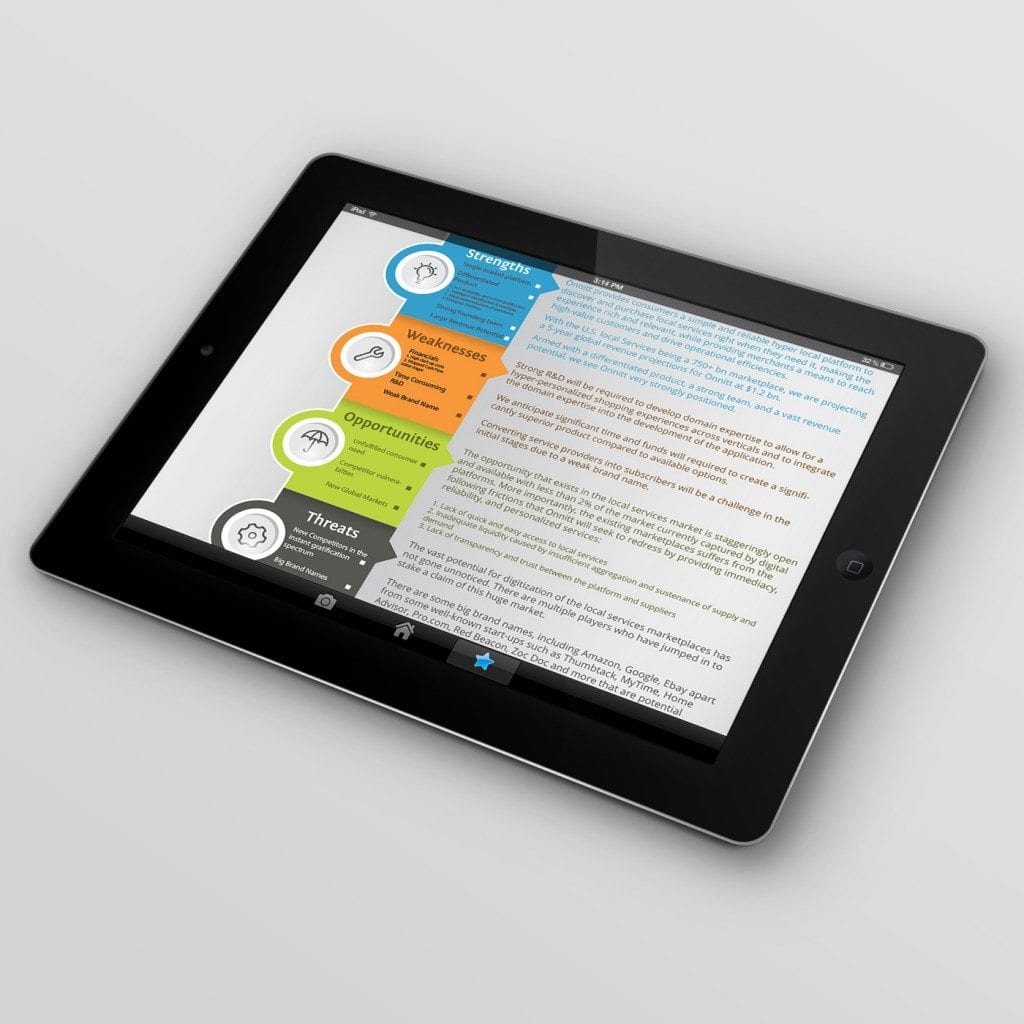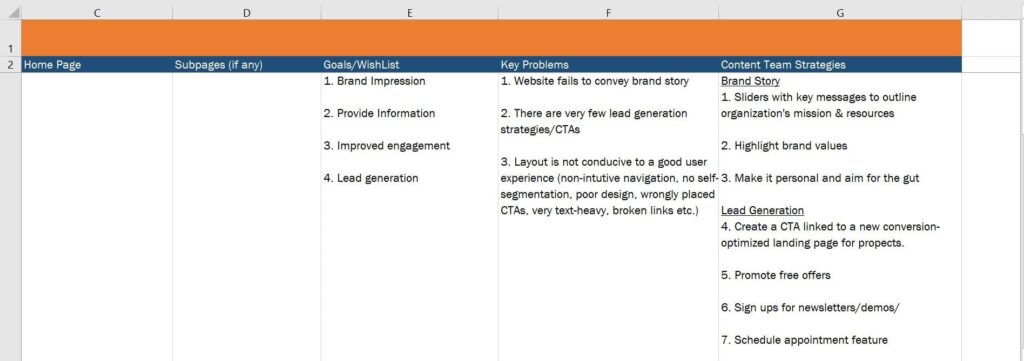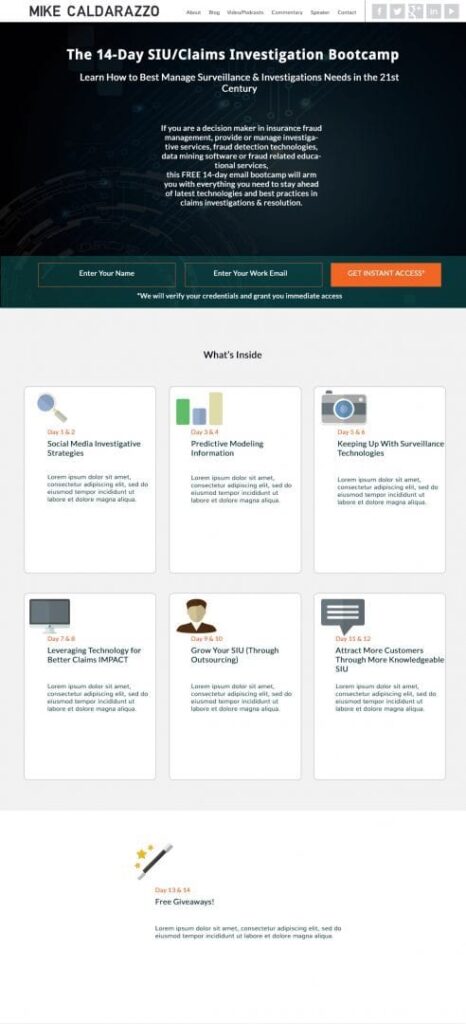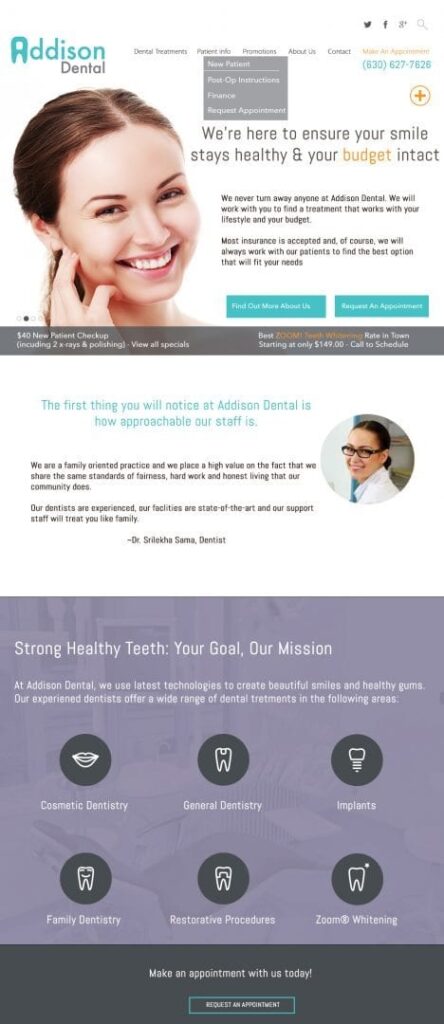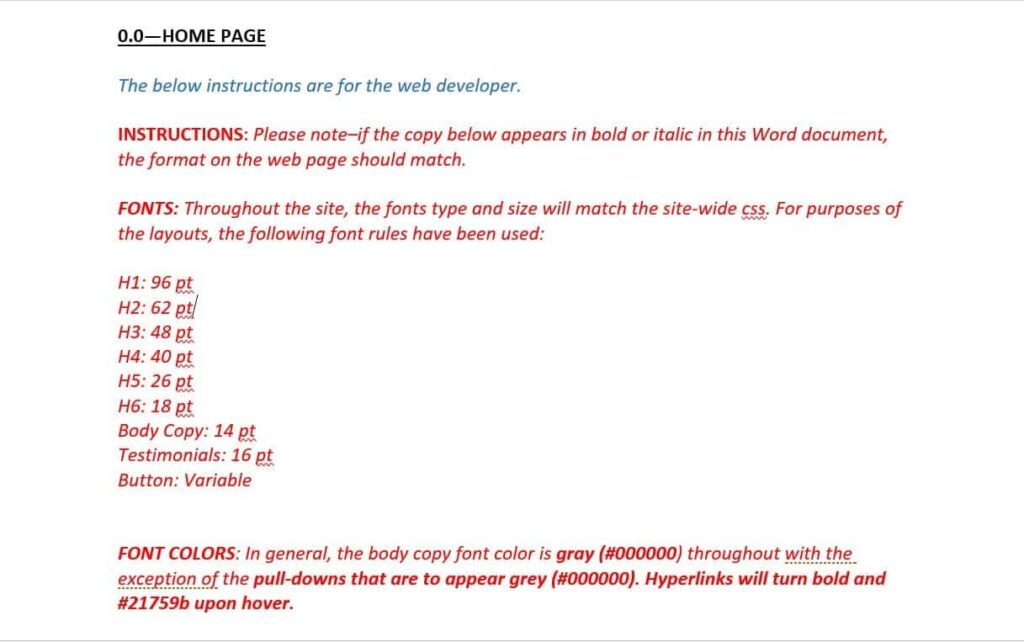
In the ever-evolving world of B2B lead generation, marketers are always looking for the best strategies to capture qualified leads. One of the most popular strategies is content gating, which involves requiring visitors to fill out a form in order to access a piece of content.
White papers, e-Books, and other long-form content pieces have been popular lead-generation tools for B2B marketing agencies for many years. But with the plethora of gated content, it has become increasingly difficult to stand out and make an impact with gated content.
The question is: in 2023, are white papers and other long-form content pieces as lead generators dead? The answer is not entirely straightforward.
While it’s true that gated content pieces are no longer as effective as they used to be, the creation of high-quality, premium content should still remain an important part of any B2B company’s lead generation strategy. High-quality content can and should be used to provide valuable insights into a product or service and help build trust with potential customers.
In addition, the gating of the content may need to be done in more creative ways and possibly further down the buyer’s journey to better qualify the user’s purchase intent.
Should Content be Gated or Ungated?
Generating qualified leads is a key part of any successful B2B marketing strategy. Both gated and ungated long-form content, such as whitepapers, can be used for different purposes in the marketing process and in the buyer’s journey.
While gated whitepapers have traditionally been used as a lead qualifier and lead contact information generator, the average landing page conversion rate is only 2.35%. This means that 97.65% of your landing page traffic leaves the page without ever engaging with your content or with your brand, leaving a tremendous opportunity to cultivate that initial interest.
One effective way to engage your audience is by “ungating” the content, which allows potential customers to access your content without having to provide any personal information. This approach helps to build trust and relationships with prospects, while also providing valuable insights into their interests and preferences.
Setting your whitepaper free, i.e., ungated and free to download without a form gate, is a perfect strategy to follow when you are seeking to build brand awareness in the industry. Allowing free access builds goodwill while promoting your brand as a knowledge source and a thought leader.
This does not mean that ungated content cannot be used for lead-generation purposes. This also does not mean that the gating of white papers and other content pieces is dead.
How you can use Ungated Content for Lead Generation
Ungated content can be used in conjunction with other lead-generation tactics such as SEO, retargeting, lead nurturing, and marketing automation.
Bottom line – create content that is useful for and resonates with your target audience.
If you produce high-quality, premium content, even if you “ungate” the content, you can nurture leads through the sales funnel and generate more qualified leads for your business.
- Search Engine Optimization Wins – Ungated content, when optimized for search engine optimization purposes, can be indexed by search engines and give you high visibility on search engines.
Gated content, by virtue of not being visible to the public and search engine bots, cannot be indexed for search visibility.
So if you are still building your SEO profile and your credibility in your audiences’ minds, ungated content may be your best friend.
- Retargeting Ads & Remarketing Campaigns – Just because you allow ungated access to your premium content does not mean you have lost all lead-generation opportunities.
Enable cookies on your site and create retargeting audiences for your email, paid, organic, and social media visitors. Segment the audiences by their level of engagement with the ungated content that you provided for free.
Re-engage with the audience through paid ads (retargeting) and email drip campaigns (remarketing).
Use gated content once your audience is further down the funnel as your target audience is better acquainted with your brand and is more likely to share their contact information with you at that point.
Retargeting and remarketing campaigns also help keep your brand top of mind as your audience.
- A Larger Audience Reach – Ungated content creates a much bigger audience for your content and is also more likely to be shared within their individual networks. As marketers, you can still keep track of the consumption of your content, which in itself is a micro-conversion. As your target audience consumes more and more quality content from you, you build top-of-mind awareness for your brand, and that in turn, is likely to generate more inquiries from your audience when they have the intent to purchase.
- Direct Sharing with Your Most Valuable Audience – Finally, use automation tools on LinkedIn to share your most valuable content. In fact, go even further and share it with your targeted list of accounts. That way, you are using a valuable, usable, and relevant piece of content as a conversation starter rather than a cold prospecting message.
When & How You Should Gate Your Content
Despite the low conversion rates of gated content and the ways in which ungated long-form content, such as whitepapers, can be used in more creative ways for lead generation, gated white papers are one of the most effective B2B lead generation strategies.
By gating content, businesses can capture qualified leads that are generally genuinely interested in their products or services. This is an important step in the lead nurturing process and helps companies to identify potential customers who have a higher likelihood of making a purchase.
Gating white papers also help companies to track leads more effectively and set up the foundations for marketing automation. Through this process, businesses can target and segment leads based on their interests and preferences. This way, they can ensure that their marketing messages are reaching the right people at the right time.
So when should you gate your white papers or other long-form premium content?
According to a survey conducted by Referral Rock, 59% of the surveyed marketers said they are most likely to gate a piece of content when it is more in-depth than a typical content piece they produce. 50% of those surveyed also said they gate content to qualify a lead as genuinely interested.
In our experience, here are the best practices for gating and promoting content:
1. Provide a solution to a specific and urgent problem – Unless a piece of content is seen as really valuable by your prospects, they are hesitant to share their contact information, even if you have spent hundreds of research hours and content creation time to create perfect, in-depth content.
Make sure your content piece is specific enough to help the reader find solutions to an urgent problem. Remember painkillers sell better than vitamins!
2. Use titles and keywords that actually speak to your audience – Sometimes, there are various ways to speak to a problem in the industry and not everyone may be using the same terminology to speak about the same issue.
Make sure you spend enough time researching keyword search volume, hashtags, and buzzwords being used in the industry to really match your content piece to user queries.
3. Provide content that they cannot otherwise find online – Examples of content types that work well behind a form include information that is not easily available online, such as proprietary industry reports, toolkits to help with a specific problem area, product demos, white papers (as long as it meets criteria 1, 2 & 3), data sheets, webinars on new technologies or topics, how-to guides, templates for downloads, etc.
4. Ensure Gated Form Best Practices to minimize the chances of getting spammed. If the contact information that is shared is not genuine or linked to a business, it can dilute the lead qualification process.
Best practices include emailing the content to the email address shared instead of allowing for a direct download and requiring a business email address instead of a generic one. There is also some evidence that progressive profiling improves conversion rates by reducing user friction.
5. Acknowledge that not all downloads have the intent to purchase – Sometimes readers may be top of the funnel and may only be looking for educational material to improve their understanding of the subject, i.e., not likely to become an SQL anytime in the near future.
We are all guilty of this. We are looking for information for educational purposes and have no intention of reaching out to the company that authored the content for any commercial purposes.
6. Gate content lowers down in the funnel. At the top of the funnel, many prospects are still learning and exploring and are more likely to want to stay anonymous. By gating content in the middle of the funnel, marketers can ensure that they are getting leads who have already shown interest in their product or service and are more likely to convert.
This strategy is perfectly aligned with the idea of ungating your premium content and then targeting the viewers with retargeting ads and/or remarketing drip campaigns. They are more likely to share their information once they are in the consideration or decision phase.
What does this mean for B2B lead generation?
Content still reigns supreme. Great content that helps your users with a specific pain point will always work in generating leads with the right amount of marketing. The point is that not all high-quality, premium content needs to be gated. In fact, if you are still building brand awareness, it may be best for you to make your content pieces, even the more in-depth ones, free for all.
However, if you really have something unique that’s not available online, your gating strategy may work really well in generating leads provided you promote the piece of content well.
In 2023, with form fatigue building up, introduce other lead generation strategies into your mix, especially retargeting strategies, automated and personalized chatbots, and gating your content lower in your funnel to truly deliver leads that have a high intent to purchase.





